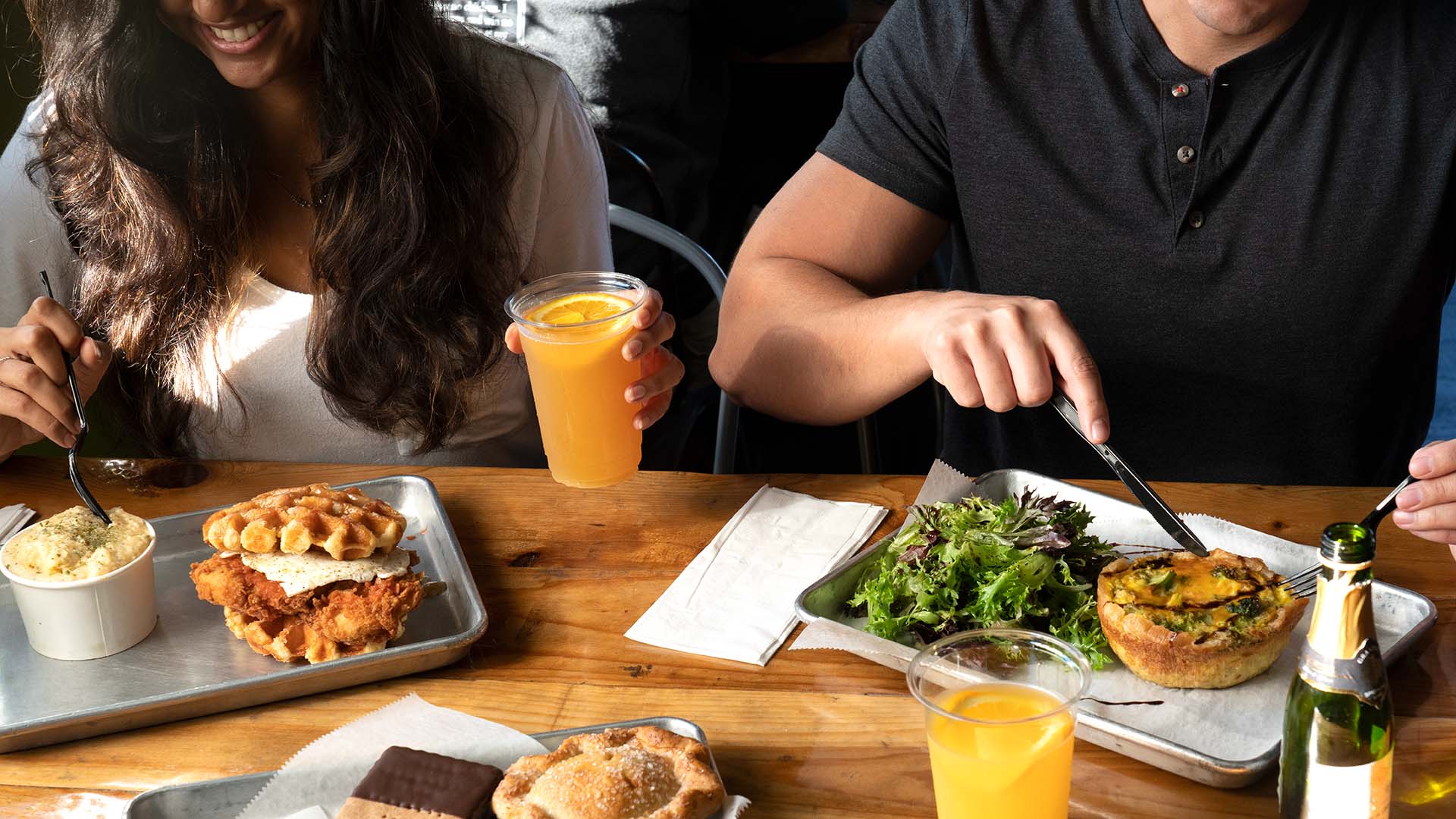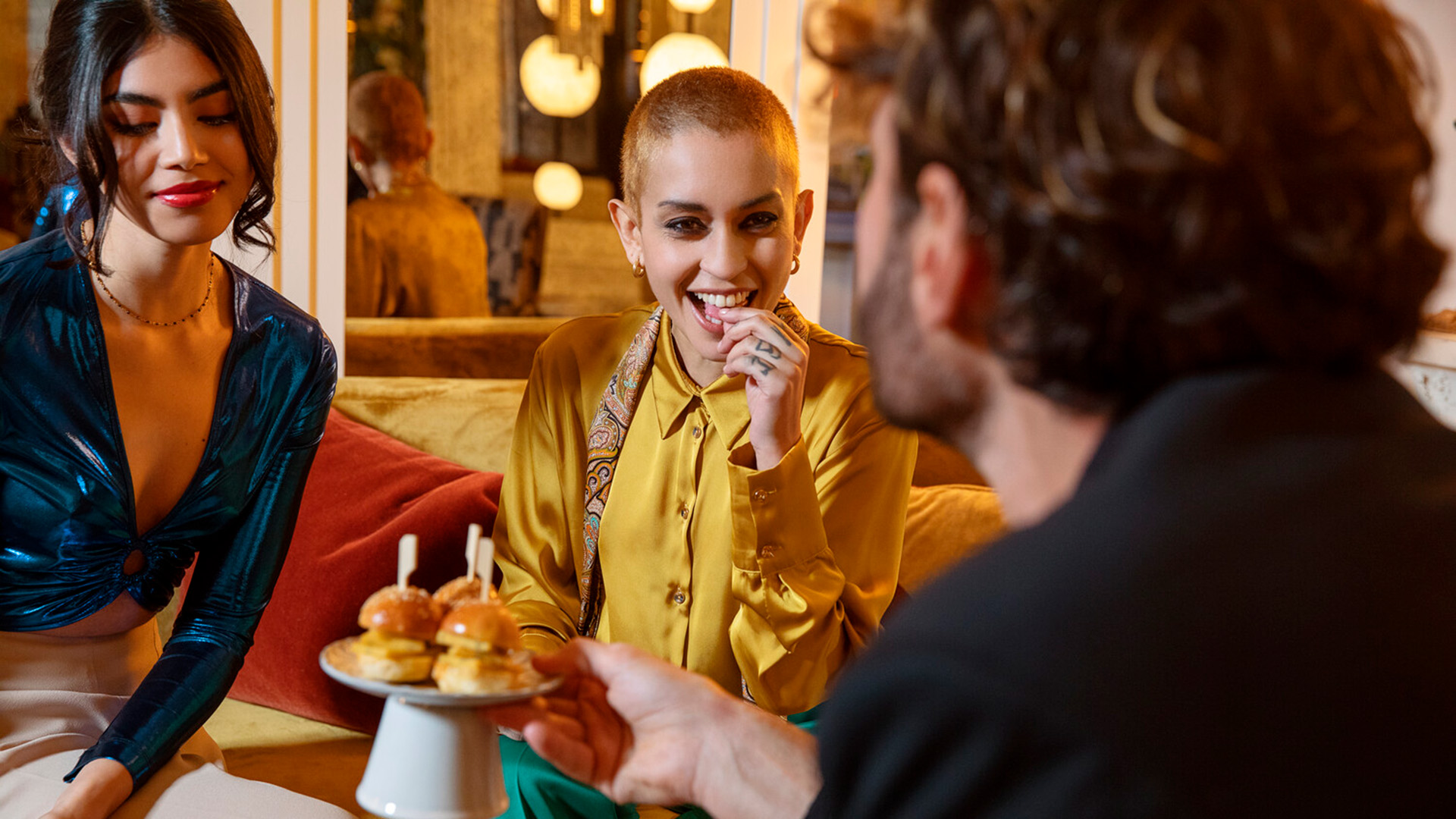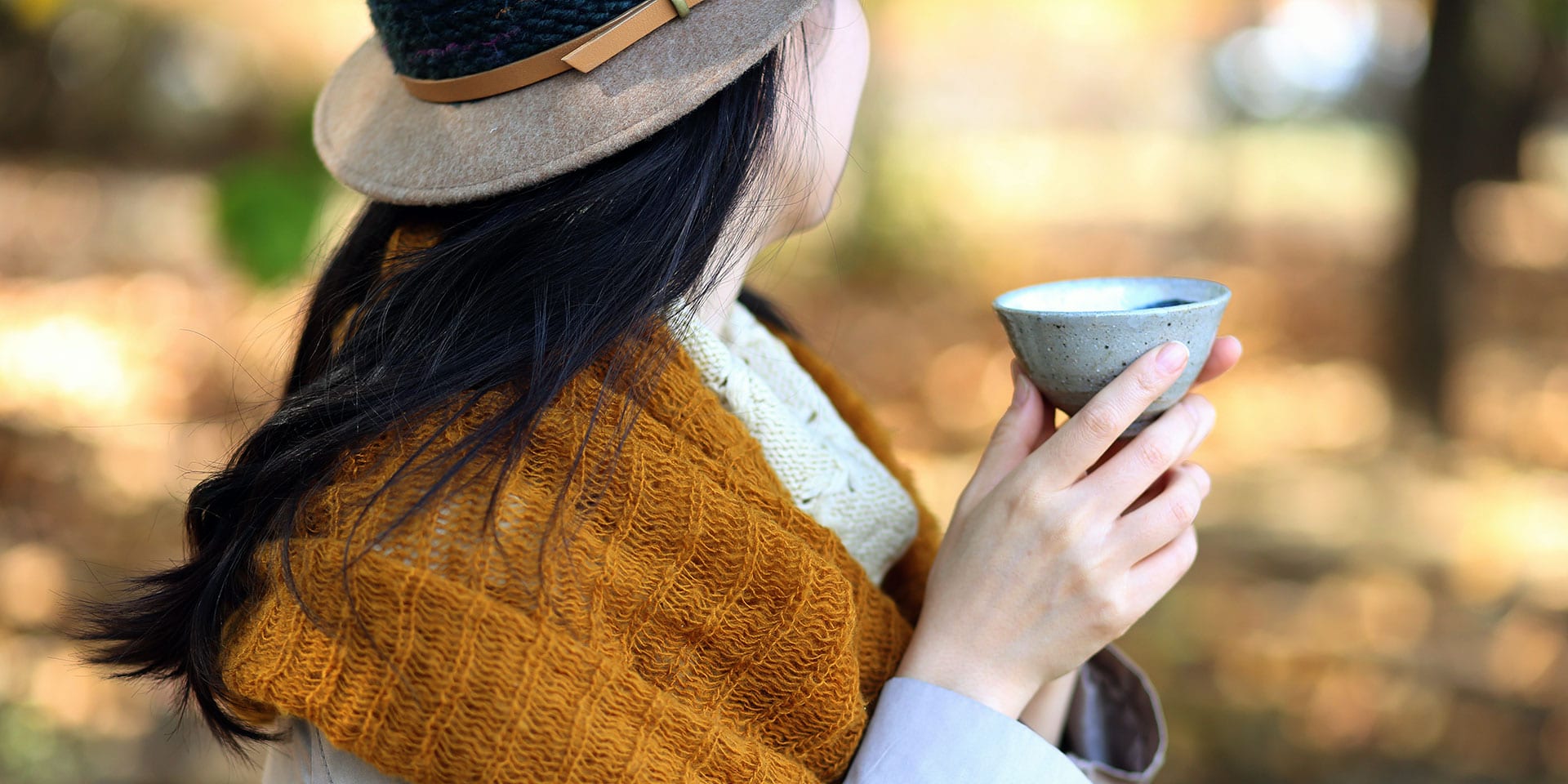
Drinking tea in China is filled with ritual. (Photo: Getty Images)
Eat + DrinkHow (Not) to Offend a Tea Purist: A Master Class in Chinese Tea Drinking
By Victoria ChengAccording to a Chinese saying, there are seven essentials for your kitchen: firewood (chái), rice (mĭ), oil (yóu), salt (yán), sauce (jiàng), vinegar (cù) and tea (chá). Note that it is tea—and not water—that makes the cut.
Maybe this isn’t too surprising given China’s deep affiliation with the tea leaf, but it seems like the rest of the world is finally starting to catch on. Three Michelin-starred restaurant Eleven Madison Park in New York City has a tea sommelier who presents a tea-pairing menu, pop-ups are appearing all over London, and social media is abuzz with talk of “terroir,” “oxidation” and “astringency.”
In Singapore, two Michelin-starred restaurant Odette offers a carefully curated selection of tea to accompany Chef Julian Royer’s modern French menu–chosen by tea expert Kenny Leong of Teatle-Tattle.com. Needing to know more, I sat down with Leong to discuss the hot drink that’s been changing the world for nearly 2,000 years.
Serving us an elegant Feng Huang Dan Con tea from Chaozhou (Guangdong) in a richly colored bowl-like vessel, it was only at the end of our interview that Leong revealed the glazed vessel I was drinking from was a tenmoku, a rare type of Jian ware ceramic that was favored by the ancient Song dynasty emperors. They’re prized and extremely valuable, whereupon I stopped touching it immediately.
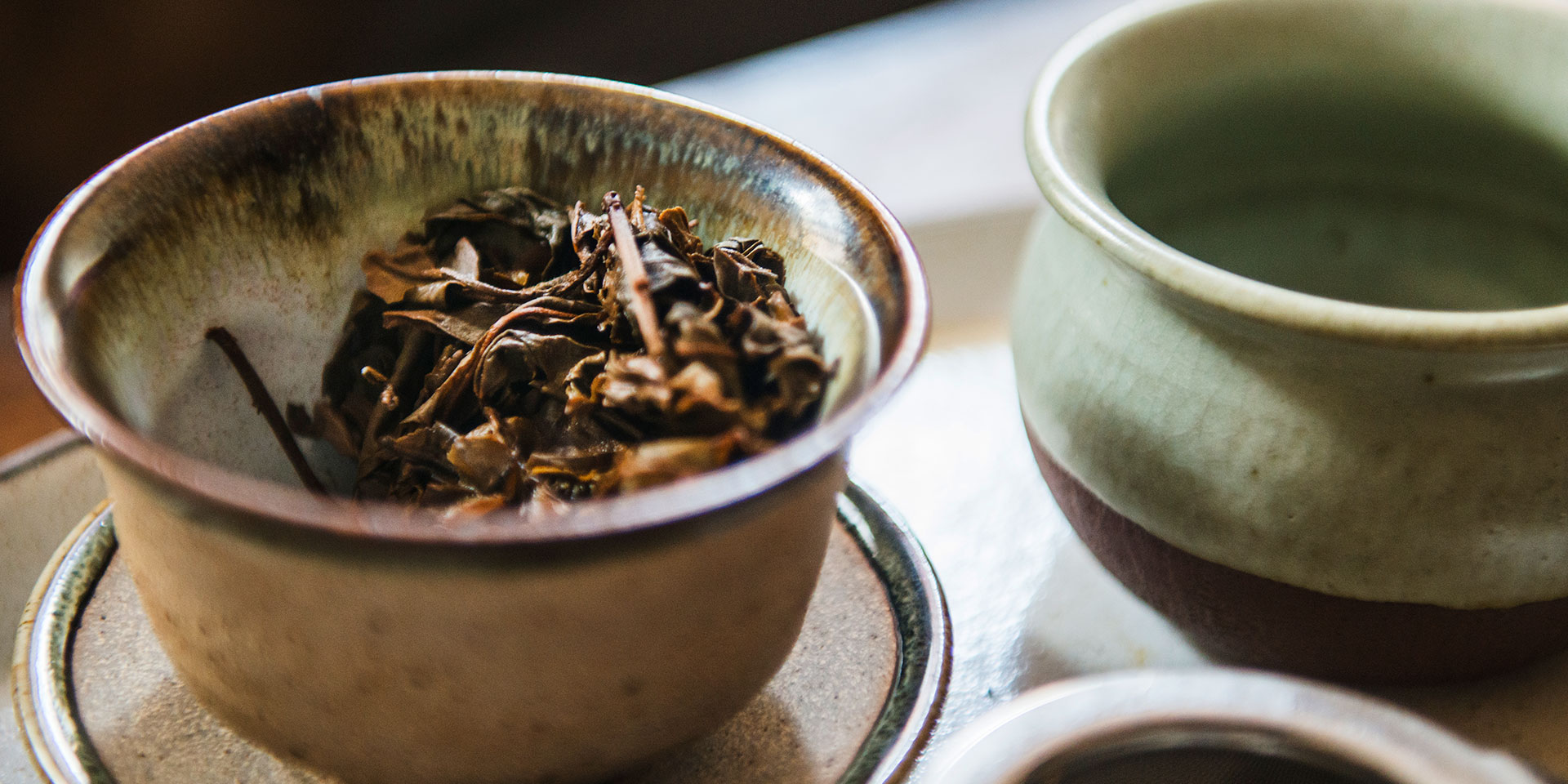
The godfather of sophisticated beverages
The tea plant is assumed to be indigenous to southwest China and consumption began as early as the second century, when archaeologists came across a jar of tea leaves in a Han dynasty (206 BC-220 AD) tomb.
The earliest written reference to tea drinking was first found in Sanguozhi (Romance of the Three Kingdoms, 264 AD), but it wasn’t until the Tang dynasty (618-907 AD) that the tea ceremony was formalized. Lu Yu, a fellow known as the “Sage of Tea,” wrote Cha Jing (The Classic of Tea)—scriptures remarking on the importance of water quality and other measures of tea making—consequently creating the first official compendium of the cultural pursuit.
It was not until later, during the Song dynasty (960-1279), that tea became an artistic and luxury activity, especially among scholars, nobility and the wealthy. Today’s tea competitions actually date back to the Song’s tradition of tea battles, explains Leong.
“The Song dynasty literati would just sit around, whisk tea and then assess each other’s cup of tea, and depending on the criteria would then be able to declare a winner. In those days they called it ming zhan, which means tea battle,” he says. Into a jian zhan (tea bowl) they would vigorously mix ground tea leaves and water with a bamboo whisk until a rigid foam formed on the surface.
“Essentially the Chinese also pioneered the first forms of what we now call latte art,” Leong quips. “We’re hoping to make [these competitions] a thing again!”
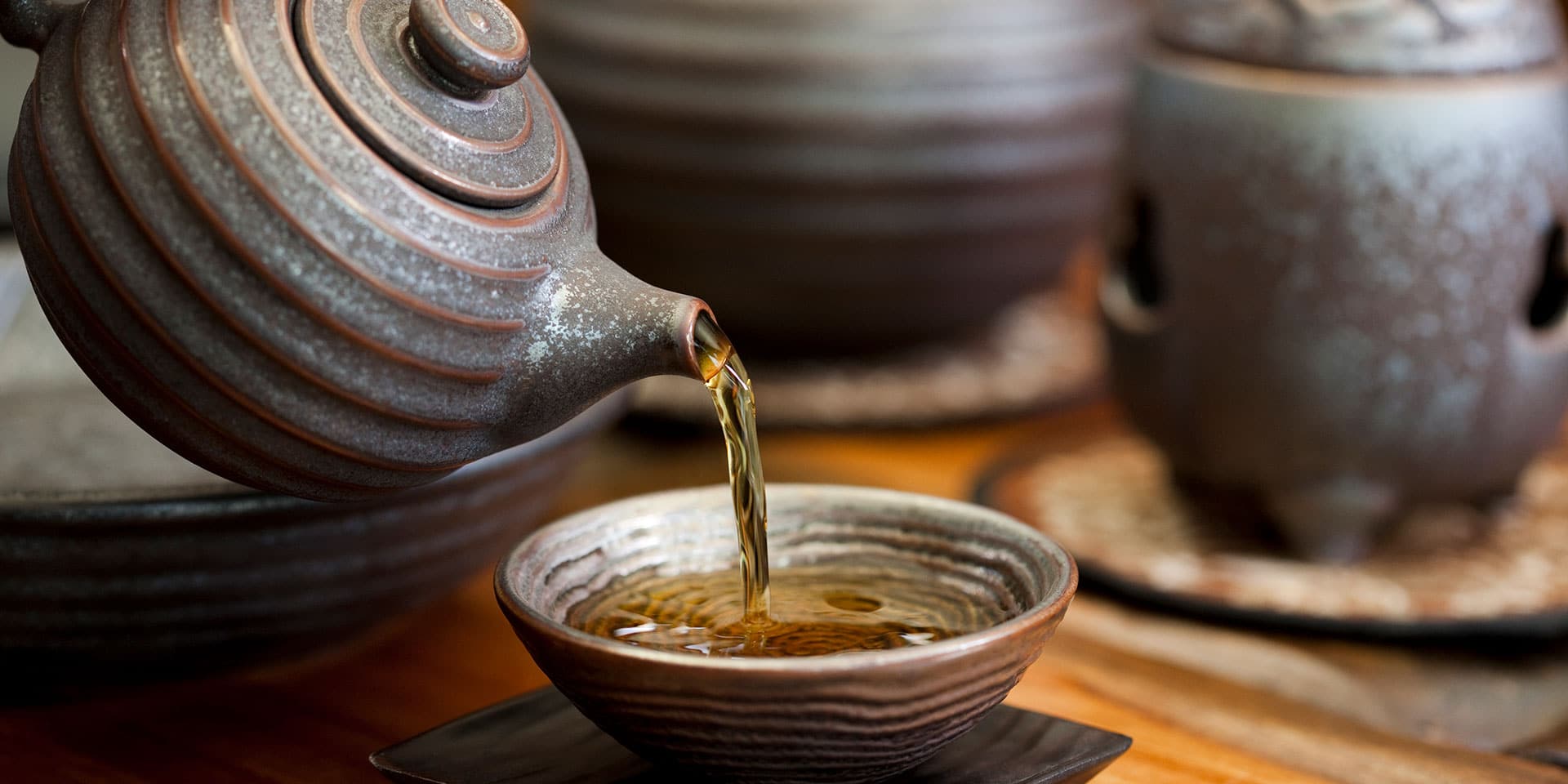
Down to a Tea
Mastering tea is an ancient process that is still seen as a very fine art today—leading to an increasing demand for tea sommeliers. “There’s more complexity to tea than wine,” argues Leong, “because in a restaurant all you need to do is pull open the cork and you have a bottle of wine served in front of you the way the winemaker would have intended it.
“But tea, that will then depend on the person brewing it for you and whether or not he’s got all these brewing parameters, well, down to a tee.”
Leong shares some tips with me on how to “taste” tea:
You can also listen in to his podcast here for more details on how to brew your own
Color: Good tea should have clarity. The liquor (tea water) should appear bright and have a certain lively vibrancy. It shouldn’t look dull.
Aroma: Look for aromas that are typical of the tea that you’re drinking. For example, the Feng Huang Dan Cong Mr. Leong and I are drinking this afternoon should and does have notes of apricots, peaches, tropical fruits, and flowers.
Taste: Tea should be faithful to its variety. A pu-erh should taste like pu-erh. If it doesn’t taste like anything (dull, astringent, tannic, bitter), it’s probably best to throw it out.
Aging: Aging makes the tea softer and mellower, lending a matured character to the taste and aroma. Pu-erh is popular for aging, as young pu-erh can be tannic and astringent, but after ten years, it ripens like a fruit. ‘The taste becomes dark and soft, that’s why it is consumed with dim sum,’ explains Leong.
Know before you go (and how not to offend)
Fans of the classic British afternoon tea are first in line to offend the Chinese tea purist.
“Usually Chinese teas are quick infusions,” explains Leong. “Whereas the English brew it with a large pot and a lot of water for a few minutes, which is not the best way—and perhaps why they add milk and sugar!”
A classicist such as Leong would opt for an unblended tea, typically a single variety of tea, that hasn’t been augmented with flavors of flowers or citrus fruits. “It takes away from the chaste enjoyment of tea; just how you wouldn’t add Coca Cola to your wine,” he laughs.
Tea in a bag doesn’t have to be taboo, although there are different “grades.” If you cut open a tea bag, you’ll find it is mostly tea “dust”—the lowest grade of tea leaf. Whole tea leaves or tea bricks that are broken and ground up (different than tea dust) are the best, with brands such as Dilmah Tea and Singapore-founded Gryphon Tea Company leading the pack.
How about iced tea—is it blasphemy? No, it isn’t, thank goodness. There are ways to cold-steep teas: The night before, put the leaves in a glass decanter with room temperature water—both Leong and I have an appreciation for Volvic because of its soft texture and lack of harsh mineral character. Then cover the decanter with cling wrap and let it steep for at least eight hours.





